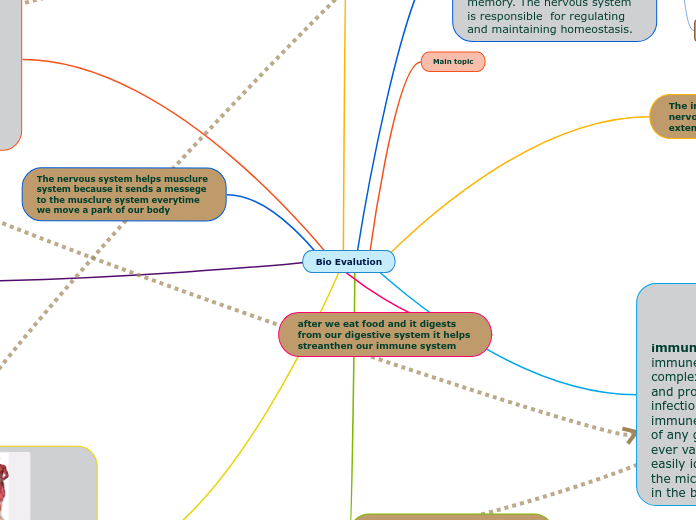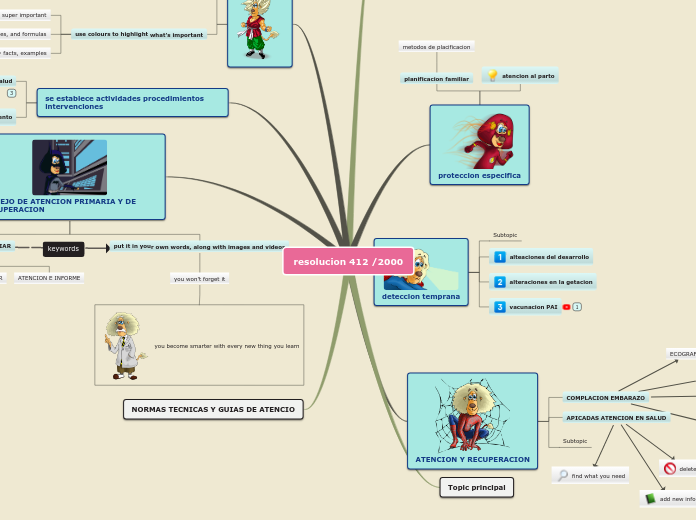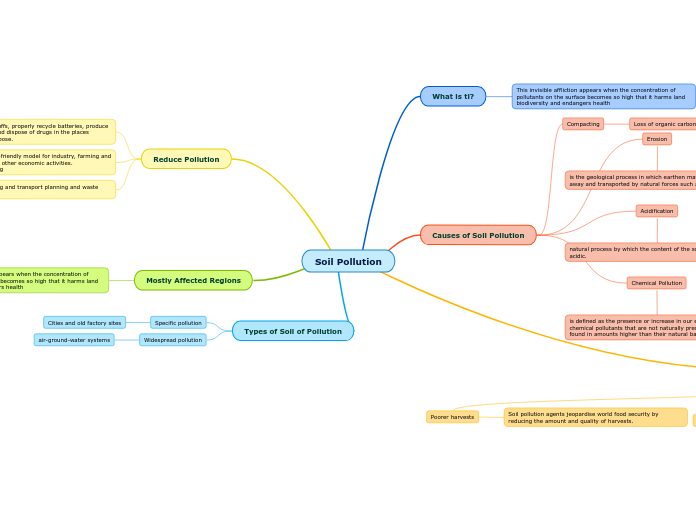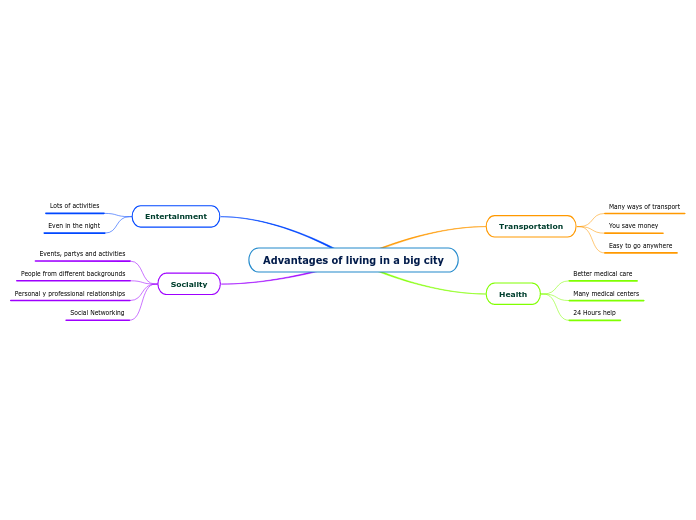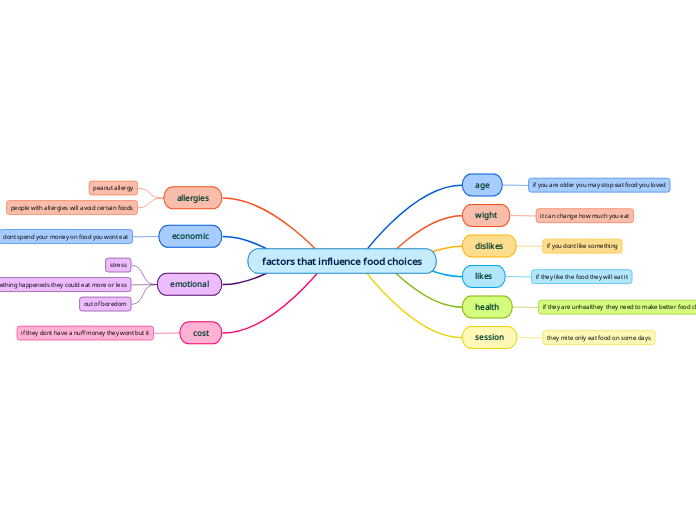von Cheema Gurman Vor 4 Jahren
244
Bio Evalution
The intricate interactions among various organ systems highlight the complexity and interdependence of the human body. The nervous system, serving as the control center, regulates mental activities such as thought, learning, and memory while maintaining homeostasis.
